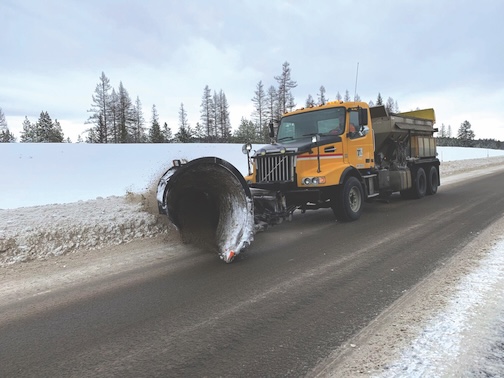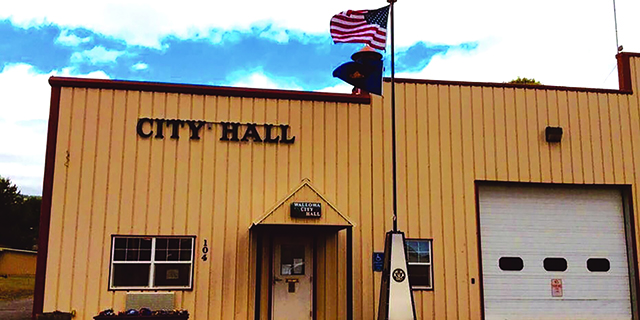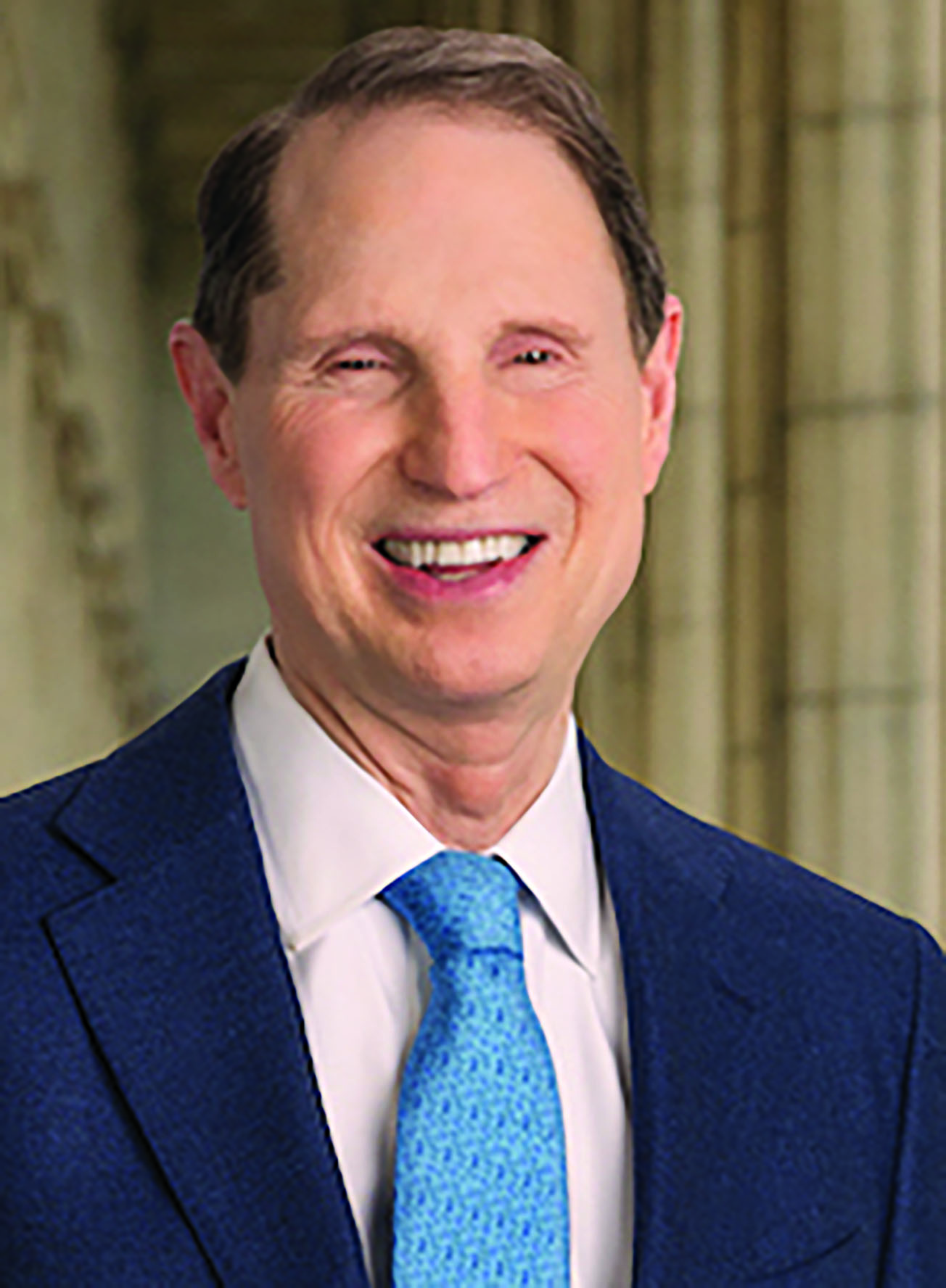Expecting stocks to cool off
Published 1:08 pm Tuesday, July 21, 2015
My modest endeavors as a stock market investor began through intermediaries in 1997 during my one-year stint as a schoolteacher. Like millions of other public employees, I chose the “safe” route of allowing professional mutual fund managers to nurture my little nest egg of about $100/month, which we carefully set aside for one year. About 12 years later, through their shrewd choices (and yearly fees), these pros were able to hand me back a grand total of about $1,100, which left me somewhat unimpressed by their financial acumen.
In March 2009, after having seen the stock market plunge for more than a year-and-a-half, I felt more optimistic than most people about that moment for investing. So I waited for four consecutive positive days on Wall Street, gave a nod of approval to the newly adopted stimulus package, held my breath, and opened a Scottrade account where I chose stocks myself. Four-and-a-half years later, that account had increased by an average annual rate of about 26%, which was fine by me.
Trending
Encouraged by my early success as a manager of my own Wall Street destiny, I converted what I will call my “Oops” fund (named for the famous rocket scientists who managed my retirement account from 1997 until February 2010) into a second Scottrade rollover account. That account, with mostly different stock selections, grew at an annual rate of about 12% from early 2010 until late 2013. Not being greedy by nature, I was also satisfied by that return, since it was a marked improvement over the “I-should-have-kept-it-under-a-mattress” standards set by my former mutual fund managers.
Since October 2013, more as a consequence of my parents’ lifelong frugality than my own financial wizardry, I have been able to set aside additional allotments into my IRA rollover account. My annual returns since then are more difficult to calculate, because I have added chunks of money three times during 2013, 2014, and 2015. But if I just compute all the money I put in against the value I have now, the annual increase comes to about 10% during that period.
But before any reader decides that all this data might mean that I’m pretty good at investing, I would discourage that thought. The overall rates of return in my accounts have mostly mirrored the increases of the stock market as a whole since March 2009. Currently, the Dow Jones average and other major indexes are all nearly triple what they were worth during that low point of the market crash.
Throughout this recent six-year period of historic growth on Wall Street, there have been plenty of Doomsday prophets whose ideological opposition to President Obama blinded them from reaping the benefits of investment gains. During that same time, with an optimistic outlook about the economy, I have derived a lot of fun and satisfaction from choosing stocks and watching my accounts increase.
So it might surprise you to learn that a few months ago, I began to implement a new strategy for my stocks. I have begun selling. In fact, I have sold most of the stock I owned, although the returns are still in cash in those same Scottrade accounts alongside my remaining stocks. Why, you might ask, would an optimist and a cheerleader for President Obama, sell now, rather than buy?
Alas, what goes up must come down, and six-and-a-half years is a solid run for a stock market increase. I did some casual research recently, and I noticed that since World War II, nearly every significant drop in the stock market has occurred either during a presidential election year or during the latter half of the prior year.
Trending
The simple explanation for that phenomenon might be that investors dislike uncertainty. The conspiracy theorist’s translation would be that greedy billionaires occasionally cash in their chips.
Back in the days when I used to watch “Who Wants To Be a Millionaire?” I enjoyed yelling this unsolicited advice at the contestants: “Take the Money!” Having made solid gains during this prosperous era on Wall Street, I am content now to have converted most of those gains into cash so that I can wait for the next big market drop before I reinvest.
I’m sure I will be wincing and second-guessing myself whenever one of my old stocks goes up again. But as my own frugality trumps my optimism, this is my new, “safe” strategy moving forward.
John McColgan writes from his home in Joseph, except when he is on vacation.
Editor’s note: This column was reposted to the newspaper’s website July 23 to reflect the following correction of our typographical error: Over four-and-a-half years, McColgan’s Scottrade account increased by an average annual rate of 26% (not 2%).









